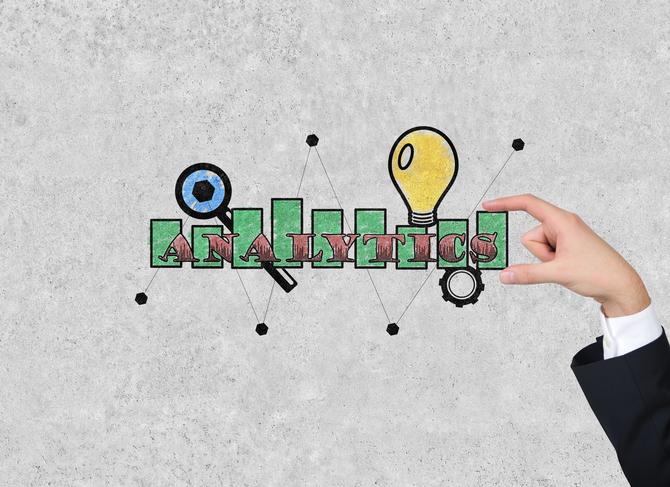Give a marketer a sale, and you'll keep his company afloat for a day; teach him to predict future sales, and you may just ensure his longevity.
That, in essence, is the premise behind predictive marketing, a concept that's increasingly taking hold in enterprises today.
Tapping into the analytics trend that's being felt throughout the business world as a whole, predictive marketing applies algorithms and machine learning to big data to help marketers direct their efforts in the most profitable directions. Predictive-analytics tools can help marketers gauge ahead of time what a particular customer will buy, for example, as well as when and how much. Equipped with that information, companies can tailor their campaigns accordingly.
Amazon is a shining example: Its recommendations engine reportedly accounts for roughly 30 percent of the company's sales.
Successes like that may help explain investors' excitement about predictive-analytics purveyors such as Lattice Engines.
Lattice on Wednesday announced a fresh US$28 million in Series D funding, bringing its total investment intake so far to $75 million. The company's software is now used in more than 100 organizations worldwide, it says, resulting in higher sales rates, conversions and cross-sales successes as well as reduced churn.
Predictive analytics can help marketers across the entire customer lifecycle, said Fern Halper, director of TDWI Research for advanced analytics.
For instance, "predictive analytics helps in segmenting customers, finding patterns in their behavior, offering them the promotions that they would be likely to respond to, and predicting what customers would likely churn," Halper explained.
Marketing and sales are, in fact, among the top areas that organizations start with when deploying predictive analytics, she added, as increasingly easy-to-use tools bring such capabilities within closer reach for nonexpert business users.
Read more:The top 3 directions predictive analytics will take in 2015
Why predictive analytics matters
How predictive analytics is tackling customer attrition at American Express
Also fueling the technology's growth is the sheer deluge of data out there today.
"There's so much data and so many channels that firms like Lattice are now necessary to help marketers interpret and understand and, to some degree, optimize their campaigns in real time," said Greg Sterling, vice president for strategy and insights with the Local Search Association. "Firms and tools that offer ways to make sense of all the data are increasingly important."
Like any technology, however, predictive-analytics tools must be used wisely.
"Predictive analytics can be important if done right -- and often that's a big 'if,'" cautioned Denis Pombriant, managing principal at Beagle Research Group.
Analytics can be used for two purposes, he explained: to identify correlations and to find causation. "We need both, but too often vendors pay a lot of attention to correlation and not enough to causation," he said.
If a marketer determines that customers often buy product A when they buy product B, for example, it's important to understand why -- the causation underlying that pattern -- in order to be able to predict a particular individual's purchase behavior, he explained.
Lattice does a good job of identifying both causation and correlation, Pombriant added. "This puts your sales effort on a whole new plane," he said. "That's why investors are paying attention."














